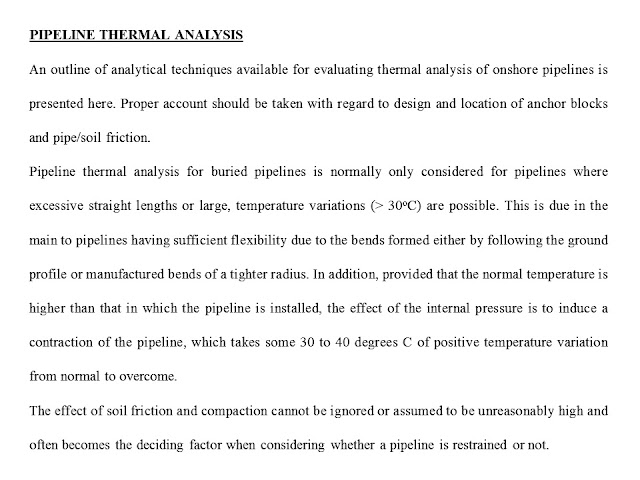HOW TO PREVENT PIPELINE LEAKAGE The three methods used to prevent gas pipeline leakage are (1). Design and construction (2). Operation and maintenance (3). Education and training These methods are explained below (1). Design and construction a. Specify the technical specification for each pipeline. b. Ensuring good construction practices, such as hydrotesting prior to pipeline operation c. Increasing the protective technology (eg. coating) to further protect the pipeline d. During the pipeline design, there is the need to evaluate the geography, topography, and geology of the terrain surrounding the pipeline. Avoid seismic, earthquake zone, and areas prone to natural disasters like landslide, swampy, and rocky areas. Perform topographical and geological survey, aerial photography, etc. e. Perform hydraulic studies and size correctly pump or compressor f. Accurately size surge su

